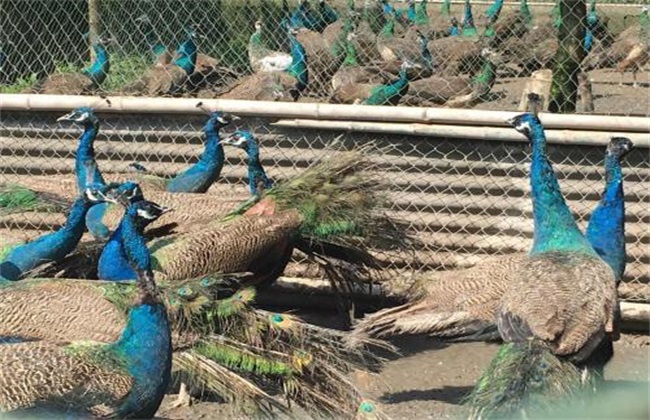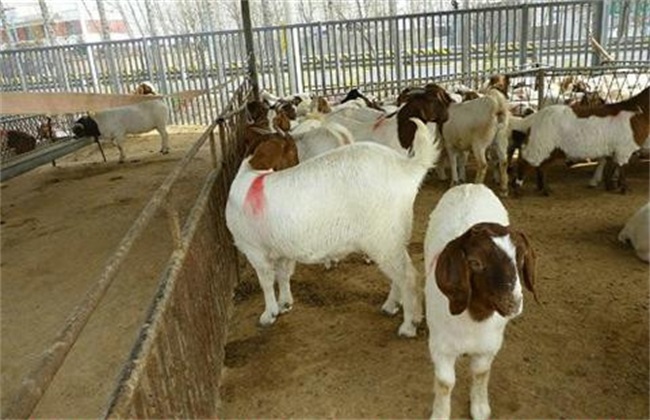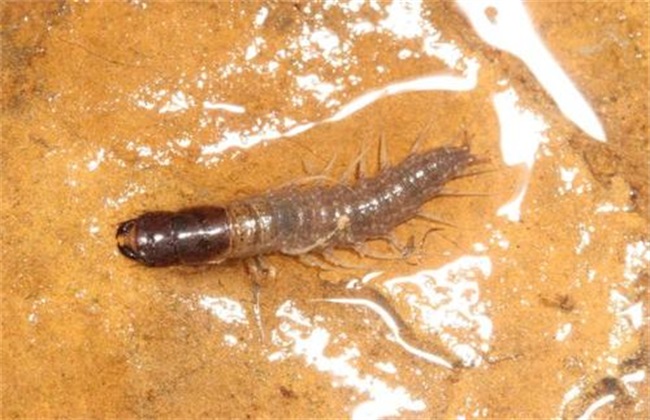Common problems in peacock farming
When raising peacocks, there are many problems that we are more concerned about, after all, related to the effect of breeding. There are many problems that we are more worried about. Here are some common problems to help you solve these questions.

1. Breeding environment of small peacocks
Everyone is more concerned about the survival rate of small peacocks, and the smaller ones are not easy to raise, so how is the breeding environment of small peacocks more appropriate? This is mainly in terms of hygiene and temperature, the peacock has poor physique and few feathers, and the temperature had better be kept above 20 ℃. The indoor temperature should be balanced and the temperature should not be different in different areas. Secondly, hygiene is mainly kept clean and tidy, the peacock itself does not need to deal with much rubbish, as long as the feces are fed and cleaned every day, it can basically be kept clean.
2. How to ensure hygiene
Peacock hygiene is also a relatively common problem, just cleaning can not maintain the problem, some farmers will say that they clean every day, but there will be disease-induced, this is because there is no disinfection. Keeping clean refers to daily cleaning and disinfection, which is called keeping clean. Poultry breeders can be disinfected with things like potassium permanganate, and other general disinfectants can also be used, generally about a few times a month, so that hygiene can be ensured most of the time.
3. How to hatch
The hatching of peacock eggs may be a matter of concern to everyone, because they are basically self-propagating and self-rearing. Here I will tell you some basic knowledge. The most important thing to hatch is temperature, followed by humidity, both of which are the most critical. The temperature generally fluctuates around 38 ℃, depending on the species. If the humidity is adjusted around 50%, it depends on the local environment. In addition, the temperature should be kept relatively constant when hatching, otherwise the hatching may fail. There is also a need for cold eggs, turning eggs and other operations, which need to be adjusted according to reality.
4. What are the common diseases
Diseases are also of concern to us, so what are the common diseases of peacocks? Respiratory diseases, parasites, colibacillosis, diarrhea are relatively frequent several diseases, this is also the most common to encounter when we breed, so we must have some understanding of these diseases, it is best to have an in-depth understanding of the relevant knowledge. It is best to always have some of these drugs, so that the protection of breeding is higher.
The above are some common problems in peacock breeding. We can learn more about this knowledge, which is still of great help to our own breeding.
Related
- On the eggshell is a badge full of pride. British Poultry Egg Market and Consumer observation
- British study: 72% of Britons are willing to buy native eggs raised by insects
- Guidelines for friendly egg production revised the increase of space in chicken sheds can not be forced to change feathers and lay eggs.
- Risk of delay in customs clearance Australia suspends lobster exports to China
- Pig semen-the Vector of virus Transmission (4)
- Pig semen-the Vector of virus Transmission (3)
- Five common causes of difficult control of classical swine fever in clinic and their countermeasures
- Foot-and-mouth disease is the most effective way to prevent it!
- PED is the number one killer of piglets and has to be guarded against in autumn and winter.
- What is "yellow fat pig"? Have you ever heard the pig collector talk about "yellow fat pig"?



